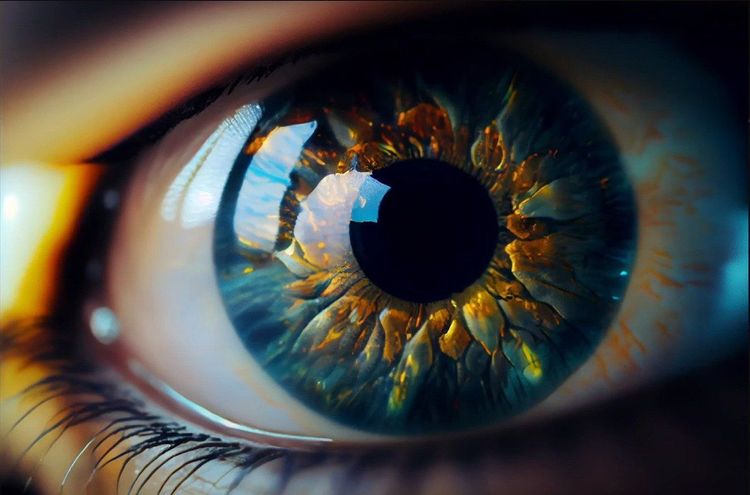Google researchers have unveiled an innovative artificial intelligence system named VLOGGER, capable of producing lifelike videos of individuals speaking, gesturing, and moving—all from a single still photograph. This groundbreaking technology utilizes advanced machine learning models to create remarkably realistic footage, offering numerous potential applications while also raising concerns regarding deepfakes and misinformation.
In the research paper titled "VLOGGER: Multimodal Diffusion for Embodied Avatar Synthesis," the team illustrates how the AI model can take a photo of a person along with an audio clip to generate a video where the individual speaks the audio, displaying corresponding facial expressions, head movements, and hand gestures. While the videos may exhibit some imperfections, they signify a significant advancement in animating still images.
Revolutionizing Synthetic Communication
Led by Enric Corona at Google Research, the team utilized diffusion models—powerful machine learning frameworks known for generating lifelike images from textual descriptions. By adapting these models for video synthesis and training them on an extensive new dataset, researchers have created a system that convincingly animates photographs.
The authors note, "Unlike previous methods, our approach doesn’t require individual training, avoids face detection and cropping, generates complete images, and addresses a wide range of scenarios essential for realistic human communication."
A crucial element in this success was the creation of an extensive dataset named MENTOR, which includes over 800,000 diverse identities and 2,200 hours of video—far surpassing earlier datasets. This breadth allows VLOGGER to generate videos depicting individuals with varying ethnicities, ages, outfits, poses, and backgrounds without bias.
Exciting Applications and Ethical Implications
VLOGGER paves the way for intriguing applications. The research highlights the system's ability to automatically dub videos into different languages by replacing the audio track, seamlessly edit and complete video frames, and create full-fledged videos from a single image.
Potential applications include actors licensing detailed 3D models of themselves for new performances, the creation of photorealistic avatars for virtual reality (VR) and gaming, and the development of AI-driven virtual assistants and chatbots that are more expressive and engaging.
Google envisions VLOGGER as a step towards "embodied conversational agents" that interact naturally with humans using speech, gestures, and eye contact. The authors assert that VLOGGER could serve as a standalone solution for presentations, education, narration, low-bandwidth communication, and even enhance text-only interactions between humans and computers.
However, the technology poses risks, particularly concerning the creation of deepfakes—synthetic media that can replace individuals in videos with others' likenesses. As AI-generated videos become more realistic and accessible, the challenges related to misinformation and digital manipulation could grow.
A New Horizon in AI Innovation
Despite its impressive capabilities, VLOGGER does have limitations. The generated videos tend to be brief and feature static backgrounds, and individuals lack movement within a 3D space. While the mannerisms and speech patterns appear realistic, they are not yet indistinguishable from those of real humans.
Nonetheless, VLOGGER marks a significant advancement. "We evaluate VLOGGER across three different benchmarks, demonstrating that our model excels in image quality, identity preservation, and temporal consistency," the authors note.
As AI-generated media continues to evolve, it may soon become commonplace, leading to a reality where distinguishing between real individuals and AI-generated representations becomes increasingly challenging.
VLOGGER offers a glimpse into this future, showcasing the rapid progress in artificial intelligence while highlighting the growing difficulties in distinguishing between authenticity and artificiality.







